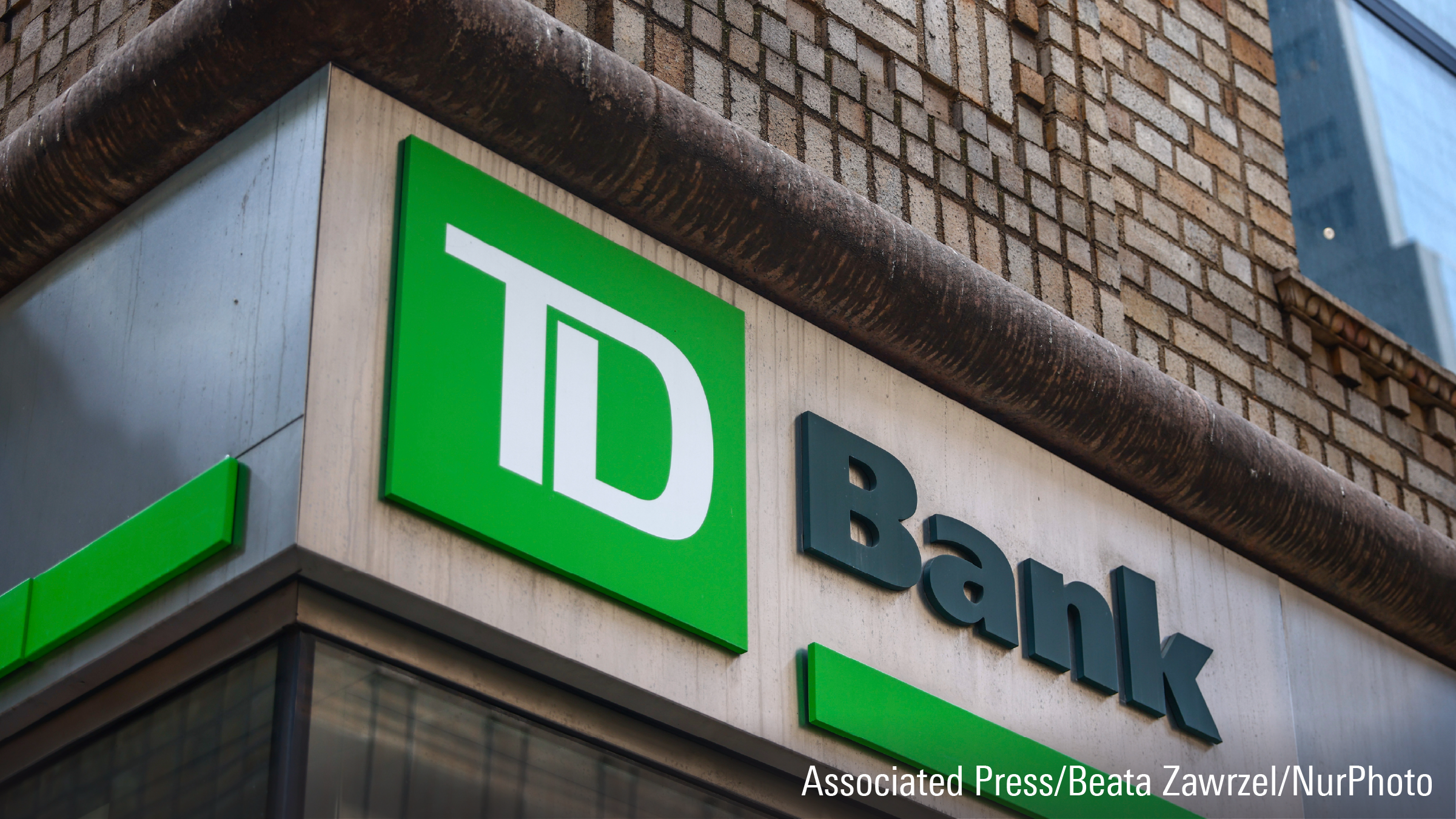 This year, just like we did last year, and the year before that, we decided to show you the most popular stocks on Morningstar.ca. Before we get into the actual securities, though, let’s look at how popularity itself impacts stock prices.
This year, just like we did last year, and the year before that, we decided to show you the most popular stocks on Morningstar.ca. Before we get into the actual securities, though, let’s look at how popularity itself impacts stock prices.
My colleagues Paul Kaplan, Thomas Idzorek and James Xiong, along with Yale’s Roger Ibbotson wrote a book called Popularity: A Bridge Between Classical and Behavioral Finance, in which they say, “We believe that most of the best-known market premiums and anomalies can be explained by an intuitive and naturally occurring (social or behavioural) phenomenon observed in countless settings: popularity.”
Simply put, investors are willing to pay more for stocks with popular characteristics and less for stocks with unpopular characteristics. This causes popular stocks to have lower returns and unpopular stocks higher returns. Thus, investors who are willing to hold unpopular stocks will, over the long run, earn higher returns than other investors.
Does that mean that the most popular stocks on Mornigstar.ca are overvalued? Let’s find out.
10 Most Popular Stocks in Canada
Not surprisingly, banks dominated the list of most-often-viewed stock reports. Interestingly, most of the 10 most popular stocks among our viewers are the same as 2021, with two additions – Manulife Financial Corp and Canadian Imperial Bank of Commerce (CIBC). The two stocks that gave up their space on the list to make way for these are Canadian National Railway and Telus.
Morningstar equity analysts cover nine of the 10 companies and award them either narrow or wide economic moats, which means these companies have competitive advantages over their peers. The one company that is not covered (came as last year) is Algonquin Power and Utilities. Several on this list also pay out healthy dividends, a hot favourite among our readers:
Wide Moat Stocks Have a Competitive Advantage
Two of the stocks on the list – both banks – earn a wide economic moat: Royal Bank of Canada and The Toronto Dominion Bank.
According to Morningstar analyst Eric Compton, RBC and TD should both remain one of the dominant Canadian banks for years to come, even as a more difficult macro backdrop pressures earnings growth in the medium term.
“We expect Royal Bank of Canada to remain a steady player in its retail and commercial Canadian banking operations. It also remains a major player in global capital markets. We expect this segment to continue to be a strong contributor to net income, and if anything, capital markets have been countercyclical for the bank during the pandemic as earnings have soared for the unit,” he said.
As for TD, Compton points out that the bank has taken several charges (such as integration charges, restructuring charges, and more), many of which have been related to acquired card portfolios. “We expect that as these card relationships mature, the bank should be well positioned in what is a higher-return business. TD hopes to close its acquisition of First Horizon by the end of the first half of fiscal 2023 and its acquisition of Cowen sometime in the first quarter of 2023. We expect decent growth for TD Ameritrade, stable strength in domestic banking operations, good credit quality management, and continued expense control to drive consistent returns on equity and mid-single-digit earnings growth over the longer term,” he said.
It is Hard for Life Insurers to Develop an Economic Moat
On the other end of the scale is Manulife Financial Corp (MFC) which has no economic moat.
“In general, life insurers do not benefit from favourable competitive positions. Industry competition is fierce, and the products are essentially commodities. Furthermore, insurers do not know their cost of goods sold for a number of years, allowing them to underprice policies without knowing it. Managers at firms may have an incentive to chase growth without regard for profitability, a cycle in which competitors are forced to match low prices or risk losing business. We believe it’s especially difficult to develop a moat in life insurance as underwriting risks are easily understood and contract structures are largely homogenous,” Morningstar analyst Rajiv Bhatia said.
He acknowledges that certain adjacent businesses such as asset management and retirement services (for example defined contribution record-keeping) can have narrow moats but on a consolidated basis, these businesses are rarely large enough for him to have confidence that it will result in consistent excess returns on equity.
























